Yesterday, I talked about finding joy discovering the little things in nature and filming them. Today I’d like to talk about actually finding these little things. At first it may prove difficult or even impossible but with some practice you’ll start discovering some amazing things to film.
The Key to Discovering the Little Things
There’s only two things you really need to do to find the little things. One is easy, the other not so much.
The first thing you need to do is to actually be looking for the little things. Sounds like a no-brainer right? You’d be amazed with how many people I take into the field spend hardly any time really looking. Most people look straight ahead down the trail only concerned with where they are going, no so much where they are.
You’ve heard the saying it’s not the destination but the journey that’s important? Couldn’t be more true in nature and wildlife filmmaking. There’s no guarantee that when you reach your destination you will find what you were hoping to film. I know in my case, I seldom reach my destination because I discover so many things along the way that the journey becomes my destination and I spend the good light, filming in the now instead of what’s ahead.
I’d like to give you an example to illustrate how easy it is to not be in the moment and walk right past an interesting subject and never know you passed it by.
In the image below, taken ay my home away from home, Indian Creek Nature Center, a green darner rests warming itself in the early morning light. Do you see it? Click on the image to view it full size to make it easier to spot.
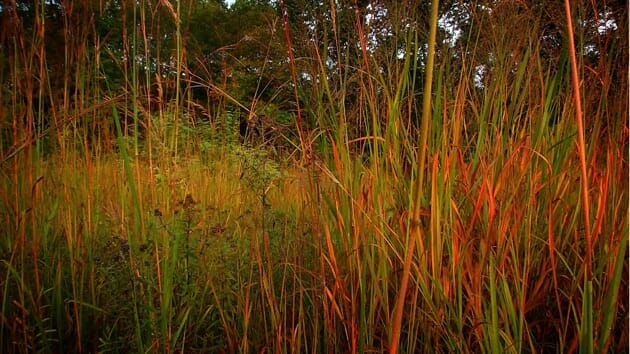
If you haven’t spotted it yet I’ll give you a clue, it’s pretty much dead center in the image. See it now?
The frame grab below is what you would have missed filming if you had walked past, never noticing this emerald gem hiding amongst the tall grasses of the tallgrass prairie.
In time you’ll be able to spot these guys as well as a myriad of other amazing little creatures with very little effort.
One of the best ways to spot things such as dragonflies is to walk into the sun on mornings where the grasses are covered in dew. Dragonfly wings glisten like diamonds when they’re covered in dew and backlit.
The other thing is that the dragonflies have to warm up and dry their wings before they can fly, giving you a great opportunity to film them.
These tigers of the sky as well as any cold dew covered insect however are very vulnerable at this time. So please, leave them as you found them. Don’t knock down the grass all around them or break off twigs trying to get a better view and expose them to predators. Their welfare should come before any shot you might get.
I spent an amazing fall morning filming a dragonfly preparing for its first flight. After I set up the camera, I walked away leaving the camera alone to record the scene. I could see from a distance that the dragonfly was warming itself up as well as drying its wings. It was like watching an airplane pilot go through their preflight check before taking off.
Dragonflies weren’t my destination that morning but they ended up as my destination because I was really observing my surroundings. Had I just been determined to make it up to Founders Grove I would never have been looking for anything else to film.
Which brings me to the second thing you need to do in order to find the little things to film…
Slow Down! What’s Your Hurry?
Besides actually being on the lookout for the little things to film, slowing down is really the most important and the harder of the two tasks to accomplish. It took me a long, long time to really slow down so my eyes could scan the surrounding area looking for something to film.
I think so many times we’re worried that if we don’t hurry up and find something to film that the trip was a waste.
First of all, any time you’re out in nature you’ve accomplished something. So many people never get out into the natural world that just being there you’re already ahead of the game.
Think about this for a moment, for every dragonfly, butterfly, spittle bug, snake or lizard we find, there are probably hundreds of others that we never see but are there none the less. If you look 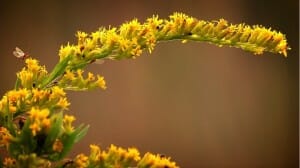 long enough, you’re going to find something. The hardest part is making yourself stay and keep on looking long enough to find your subject hiding in the grasses.
long enough, you’re going to find something. The hardest part is making yourself stay and keep on looking long enough to find your subject hiding in the grasses.
Although it takes me a long time to cover a small area I bet my percentage of finding a subject to film is a lot higher than someone who doesn’t take the time that I do.
Very rarely if ever do I not come home without filming something. It may not have been what I set out to film but by slowing down, taking my time and really looking for something to film, I’m never disappointed.
Do you have any tips for finding a subject to film? I’d love to hear about them in the comments below. Even better, I’d love to try them out in the field and report back to you how they worked for me!
And as always, shoot the ordinary and make it extraordinary!


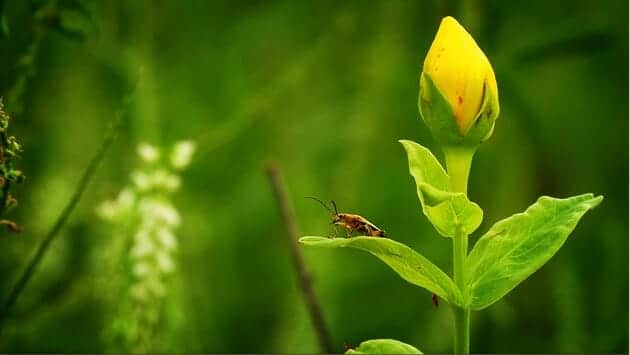
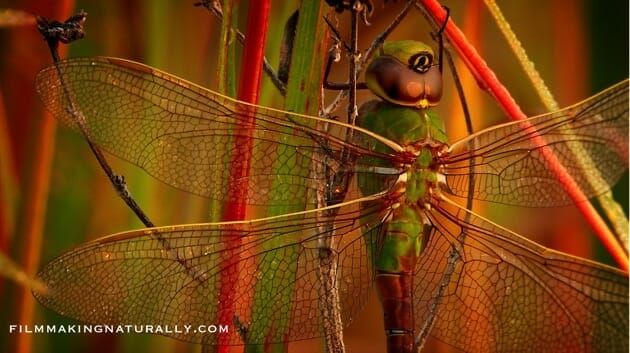

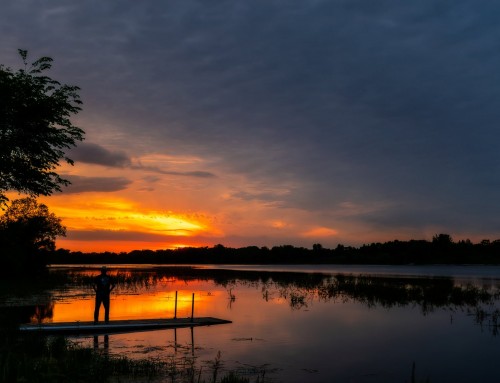
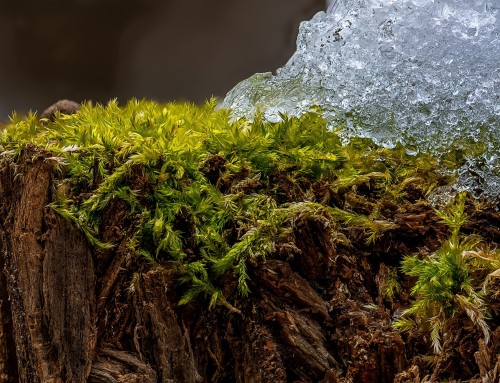


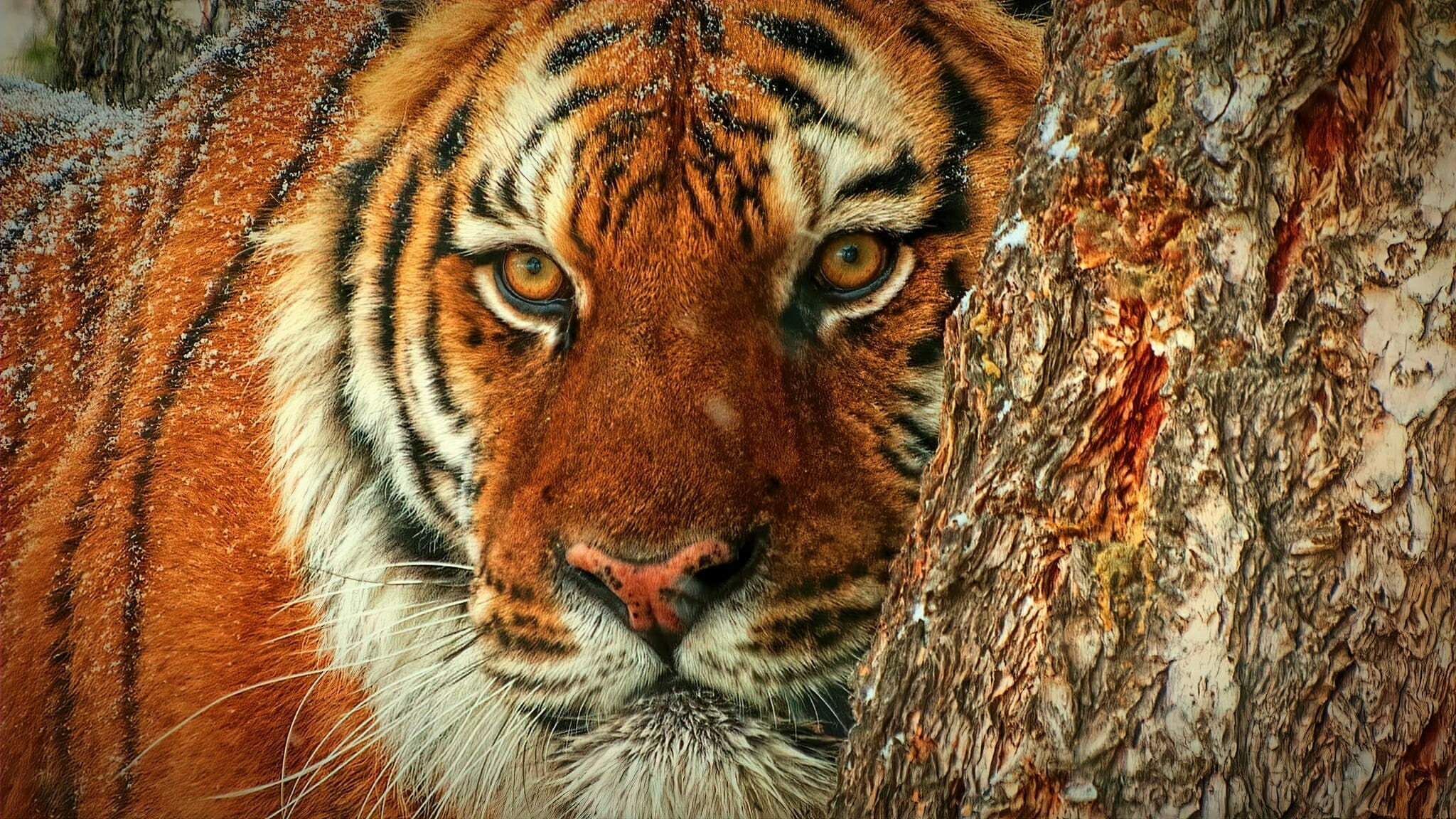
So very and sadly true; we spend so much time going somewhere else, we so often do not see the extraordinary beauty filling the day around us.
Thanks for the comment Michael I really appreciate it.
There’s so much that we pass by unnoticed. The slower I go, the more I see. Eventually I’ll just be standing still in one spot and never move one of these days! 🙂